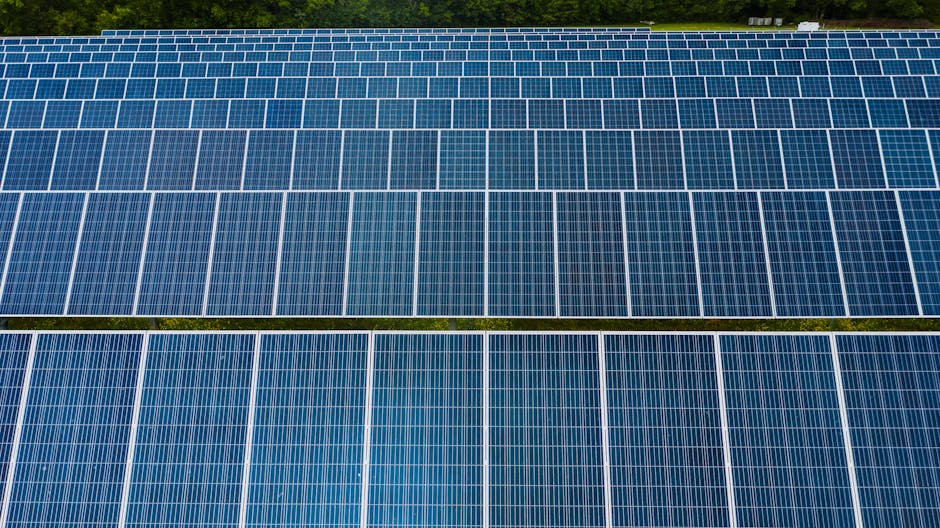4000 Watt Off-Grid Solar System
In today’s world, the quest for sustainable energy solutions has never been more critical. One of the most effective ways to harness renewable energy is through solar power. A 4000 watt off-grid solar system is an excellent choice for those looking to reduce their carbon footprint while enjoying the benefits of energy independence. This article will guide you through the essentials of a 4000 watt off-grid solar system, including its components, benefits, installation process, and maintenance tips.
Understanding Off-Grid Solar Systems
Before diving into the specifics of a 4000 watt system, it’s essential to understand what an off-grid solar system is. Unlike grid-tied systems that rely on the local utility for power, off-grid systems operate independently. They generate, store, and use energy without any connection to the electrical grid.
Key Components of an Off-Grid Solar System
A typical off-grid solar system consists of several key components:
- Solar Panels: These are the heart of the system, converting sunlight into electricity.
- Charge Controller: This device regulates the voltage and current coming from the solar panels to prevent overcharging the batteries.
- Batteries: Energy storage is crucial for off-grid systems, allowing you to use electricity when the sun isn’t shining.
- Inverter: This converts the DC electricity stored in the batteries into AC electricity, which is used by most household appliances.
- Mounting System: This secures the solar panels in place, ensuring they capture maximum sunlight.
Benefits of a 4000 Watt Off-Grid Solar System
Investing in a 4000 watt off-grid solar system comes with numerous advantages:
- Energy Independence: You generate your own power, reducing reliance on utility companies.
- Cost Savings: While the initial investment may be significant, the long-term savings on electricity bills can be substantial.
- Environmental Impact: Solar energy is clean and renewable, helping to reduce greenhouse gas emissions.
- Resilience: Off-grid systems provide power during outages or in remote locations where grid access is limited.
- Increased Property Value: Homes with solar systems often see an increase in property value.
Calculating Your Energy Needs
Before installing a 4000 watt off-grid solar system, it’s crucial to assess your energy needs. This involves calculating the total wattage of all appliances and devices you plan to power. Here’s how to do it:
- List Your Appliances: Write down all the appliances you use regularly.
- Determine Wattage: Check the wattage of each appliance, usually found on a label or in the user manual.
- Calculate Daily Usage: Multiply the wattage by the number of hours you use each appliance daily.
- Add It Up: Sum the total wattage to determine your daily energy consumption.
For example, if you have a refrigerator that uses 200 watts and runs for 24 hours, it consumes 4800 watt-hours (200 watts x 24 hours). This calculation helps you understand if a 4000 watt system will meet your needs or if you need to adjust your energy consumption or system size.
Choosing the Right Components
Once you have a clear understanding of your energy needs, it’s time to select the right components for your 4000 watt off-grid solar system.
Solar Panels
For a 4000 watt system, you will need to choose solar panels that can collectively produce this amount of power. Here are some options:
- Panel Wattage: Common panel sizes range from 250 to 400 watts. You may need 10 to 16 panels depending on their wattage.
- Efficiency: Look for high-efficiency panels that convert more sunlight into electricity.
- Durability: Choose panels with a good warranty and proven performance in various weather conditions.
Batteries
Batteries are essential for storing energy. Here are some factors to consider:
- Type: Lithium-ion batteries are popular for their longevity and efficiency, while lead-acid batteries are more affordable but have a shorter lifespan.
- Capacity: Ensure the total capacity of your batteries can store enough energy for your needs, typically measured in amp-hours (Ah).
- Depth of Discharge: Choose batteries that allow for a higher depth of discharge to maximize usable energy.
Inverter
The inverter is crucial for converting DC to AC power. Consider the following:
- Size: Ensure the inverter can handle the total wattage of your appliances.
- Type: Pure sine wave inverters are ideal for sensitive electronics, while modified sine wave inverters are more affordable but may not be suitable for all devices.
Installation Process
Installing a 4000 watt off-grid solar system can be a complex task, but with the right approach, it can be manageable. Here’s a step-by-step guide:
1. Site Assessment
Choose a location for your solar panels that receives maximum sunlight throughout the day. Consider factors like shading from trees or buildings.
2. Mounting the Panels
Install the mounting system securely on your roof or ground. Ensure it is angled correctly to capture sunlight effectively.
3. Wiring the System
Connect the solar panels to the charge controller, then connect the charge controller to the batteries. Finally, connect the batteries to the inverter.
4. Testing the System
Once everything is connected, test the system to ensure it is functioning correctly. Monitor the output and make adjustments as necessary.
Maintenance Tips for Longevity
To keep your 4000 watt off-grid solar system running efficiently, regular maintenance is essential. Here are some tips:
- Clean the Panels: Dust and debris can reduce efficiency. Clean your solar panels regularly,




